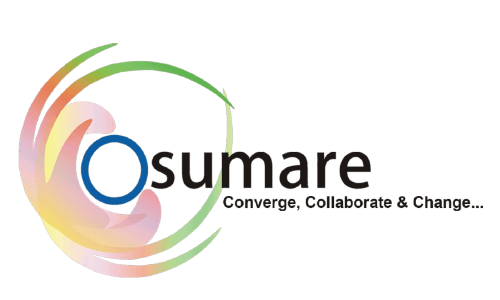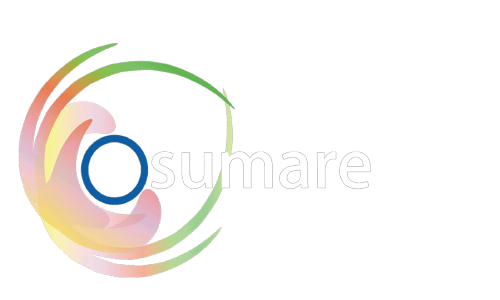One of the most effective digital marketing techniques for capturing consumers’ attention, producing leads, and increasing conversions is still email marketing. But sending emails alone is insufficient. Because inboxes are constantly overflowing, it’s critical to write emails that are organized, interesting, and optimized to entice recipients to open, read, and act.
Strong calls-to-action (CTAs), tailored messaging, efficient delivery timings, intriguing subject lines, and ongoing testing are all essential components of an effective email marketing strategy. For improved engagement and conversion, this book offers comprehensive tactics to help you optimize your email’s open rates and click-through rates (CTR).
1. Crafting Subject Lines That Demand Attention
Since the subject line is the first thing recipients see, it has a significant impact on whether or not they open your email. To get attention right away, a well-written subject line should be appealing, succinct, and unambiguous.
A crucial tactic for crafting compelling subject lines is to limit them to 50 characters in order to guarantee proper display on desktop and mobile devices. Open rates can be greatly increased by utilizing urgency, curiosity triggers, and power words.
Another useful tactic is personalization. Because it feels more personalized to the reader, including the recipient’s name or bringing up a previous exchange boosts engagement. Additionally, marketers can find out what appeals to their customers the most by A/B testing various subject lines.
2. Personalizing Emails for Higher Engagement
Adding the recipient’s name is only one aspect of email personalization. Segmentation and behavioral triggers are key components of modern email marketing, which produces communications that are highly relevant and captivating.
Dividing your email list into distinct groups according to demographics, past engagement, purchase patterns, or preferences is known as segmentation. You can make sure that recipients receive content that is helpful and relevant to them by customizing emails for these segments.
An additional effective customizing method is behavioral triggers. Better engagement and greater click-through rates are achieved by using automated emails that are triggered by consumer activities, such as reminders for abandoned carts, product recommendations, or re-engagement communications.
Email personalization can be further improved by using dynamic content. This implies that certain email portions vary based on the recipient’s information, like their location, previous purchases, or browsing habits.
3. Optimizing Email Timing and Frequency for Maximum Impact
Your emails’ timing is just as crucial as their substance. Email open and click rates can be considerably increased by sending it at the ideal time.
According to research, emails sent on Tuesday and Thursday mornings typically receive more responses. The ideal moment, however, varies depending on your sector and audience. You can find out when your audience is most receptive and active by running A/B tests on various days and hours.
Frequency is still another important consideration. Excessive email sending can overwhelm and irritate subscribers, increasing the likelihood that they will unsubscribe. However, if you send emails too seldom, your readers can stop remembering your brand. The ideal strategy is to stick to a regular schedule while keeping an eye on engagement levels so that the frequency can be changed as necessary.
4. Writing Engaging and Value-Driven Email Copy
Your email should include concise, interesting, and action-oriented information. The email’s goal and the reason it matters to them should be clear to readers right away.
Using a conversational tone instead of a robotic or unduly formal one is one useful tactic. The email feels more intimate and relatable when it is written in a casual, friendly manner. Furthermore, content that is broken up into brief paragraphs, bullet points, and bolded text is easier to read and keeps readers interested.
Adding value is essential. Emails should provide something of value rather than just a sale, such as unique insights, exclusive deals, instructional materials, or tailored suggestions. Subscribers are more likely to open and interact with your emails in the future when they discover value in them.
Increasing conversions requires the use of a compelling call-to-action (CTA).
5. Ensuring Mobile-Friendly and Responsive Email Design
It is now essential to optimize email design for mobile responsiveness, as more than half of emails are seen on mobile devices.
A single-column layout that adjusts to various screen widths should be used when designing emails. The user experience is enhanced by tappable buttons and large, readable fonts, which guarantee that recipients can easily browse the email.
Images should be reduced to speed up loading times, and subject lines should be brief to accommodate mobile screens. Additionally, testing emails on various email clients and devices guarantees that the design is aesthetically pleasing and consistent.
Mobile users tend to scan text rather than read it all, so it’s crucial to avoid lengthy paragraphs and employ succinct, powerful messaging.
6. A/B Testing and Continuous Optimization
One of the best methods for improving email marketing tactics is A/B testing, sometimes referred to as split testing. Marketers may learn what increases engagement and conversions by experimenting with various aspects of an email campaign.
Typical components of A/B testing are:
Subject lines: Experimenting with varied phrasing, length, or customisation.
Email copy: Playing around with messaging, tone, and structure.
CTA design and placement: contrasting text links with buttons.
The ideal time to reach your audience is determined by sending times and days.
To find patterns and trends, it is important to thoroughly examine the outcomes of A/B tests. With the help of these analytics, marketers can optimize email campaigns over time and continuously enhance their performance.
7. Tracking Performance Metrics and Refining Strategy
It is essential to track important email marketing data in order to determine what is effective and what requires improvement.
Key indicators to monitor are:
The number of receivers that opened the email is known as the “open rate.”
Click-Through Rate (CTR): Shows the number of persons who clicked on the email’s links.
The percentage of recipients who finished the intended activity is tracked by the conversion rate.
Bounce Rate: Indicates how many emails did not make it to the recipient’s inbox.
Unsubscribe Rate: Indicates the number of people who chose to unsubscribe from the email list.
Finding areas for improvement is aided by the analysis of these metrics. For instance, a low CTR can suggest that the email’s content or call to action isn’t engaging enough, while a low open rate might suggest weak subject lines. Businesses can use these information to improve engagement in future ads.
Conclusion
Engaging subject lines, tailored content, optimized sending times, mobile-friendly design, A/B testing, and ongoing performance monitoring are all essential components of a systematic approach to email marketing that maximizes open and click rates.
When done properly, email marketing continues to be a high-converting, reasonably priced tool that aids in connection building, sales growth, and long-term success for organizations.
In an increasingly competitive digital marketplace, marketers can make sure their emails stand out, engage their audience, and produce quantifiable results by putting these best practices into effect.
one of the best digital marketing agency in chennai for growing and boosting your business is Osumare Marketing Solutions

